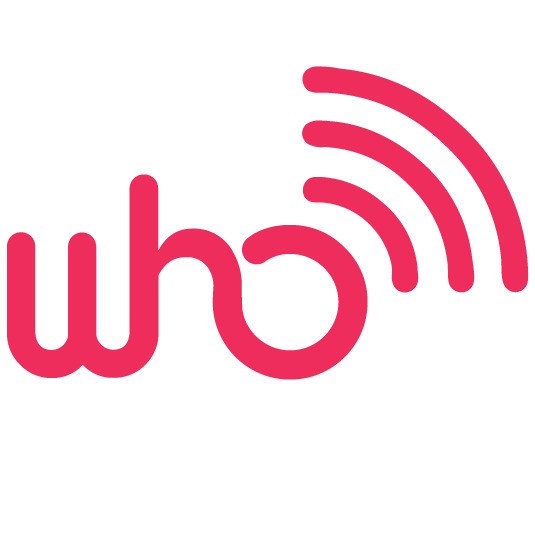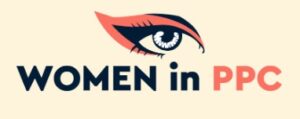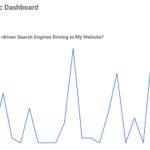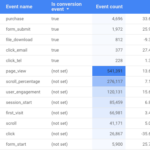From crafting compelling headlines that grab readers’ attention to carefully structuring content for clarity and SEO, mastering blog post best practices don’t have to feel overwhelming. These essential elements are building blocks we have used for over a decade to create blog content that resonates with readers and ranks high on Google.
We are sharing the SEO and Blog guidelines we have used to create winning content for our clients. These basics consistently help readability, engagement, and positioning for articles in medium to long-form content.
Table Of Contents:
- Defining Your Target Audience for Your Blog
- Crafting a Descriptive Headline
- Hooking Your Reader With a Killer Intro
- Make it Visually Appealing by Using Graphics and Large Fonts
- Optimal Length of Your Content
- Structuring a Blog Post for Clarity
- Add a Call to Action
- Content Updates for SEO
Defining Your Target Audience for Your Blog
Before putting pen to paper (or fingers to keyboard.), define your target audience for the blog post elements you choose to focus on. Identifying your audience will allow you to write blog articles that your audience will actually enjoy. Ask yourself: who are you writing for? What are their goals in reading your article?
Getting to Know Your Audience
Think about the age range, income bracket, interests, and challenges that your target audience may experience on a daily basis. Once you have a clear picture of who you are speaking to, crafting relevant and valuable content will come naturally. If you are writing to a specific buyer persona, then research those personas more in-depth to meet their needs and match their language style. After all, how can you address a problem without knowing who has it?
Easy to Read Content and Articles
Simple is better for scanning online. Unless this is a technical subject, write short paragraphs of 2-5 sentences. Keep sentences short and spend time editing so the information is easy to understand.
You can check the Flesch reading-ease score formula as provided below, or use an online grading tool to help determine your score. A higher score is better and try to stay between a 5th to 7th grade level reading for most content.

| 80 – 90 | 6th grade | Easy to read. Conversational language for readers. |
| 70 – 80 | 7th grade | Fairly easy to read. |
| 60 – 70 | 8th or 9th grade | Plain language. Easily understood by 13- to 15-year-old students. |
Crafting a Descriptive Headline
A compelling headline is everything—it’s what will make people want to click on your article and start reading in the first place. Your headline should be clear, concise, and captivating, while also incorporating your target keywords naturally. Keep in mind that the ideal headline length is less than 60 characters.
Headline Formulas
Use a headline formula to start crafting awesome headlines for each blog post. One great formula you can start using right away is: Number + Adjective + Keyword + Rationale + Promise.
Here are a few examples:
- 5 Easy Tips to Search for a Word On a Page
- The Proven Method Used to Get 50,000 Monthly Visitors
- Write a Killer Blog Post Using These 10 Strategies
Hooking Your Reader With a Killer Intro
Now that you have your target audience and headline, you need to make sure your reader is engaged from the very beginning of each blog post by writing a stellar introduction. Ideally, this should be done in five sentences or less, just like the APPB formula—Attention, Preview, Proof, Benefit.
What Exactly is APPB?
The first sentence should grab your reader’s attention—whether that’s a startling fact, a question that makes them think, or even a personal anecdote. This will seamlessly take them into a short preview about what the rest of the article is about. Make it clear from the get-go: This is the information you need to get engaged.
Now, provide proof—cite case studies or statistics to add credibility, because you’re the expert. Your author bio is a great tool for this, and this provides reassurance to your reader that your information is accurate. You can use internal links within your content to link to other blog posts you have written. Just make sure they are relevant to the content you are linking from.
Make it Visually Appealing by Using Graphics and Large Fonts
Incorporating appealing graphics into your content doesn’t just make it aesthetically pleasing, it improves SEO and reader engagement. If you really want to take your content to the next level, consider creating a blog post template to use for all of your future content.
Use an 18 Pixel Font or Larger
Devices and browsers come in all resolutions. Making the critical elements easy to read on your blog start with an easy to read font that is at a minimum 16 pixels, but preferably 18 pixels. No one should have to struggle or squint to read. Visitors are much more likely to enjoy reading with a few extra scrolls vs squinting to try and read a blog.
Choose a Sans Serif Font and High Contrast Colors
Sans serif fonts don’t have decorative lines or “tapers” to the edges of letters. Sans serifs tend to be more legible for quickly scanning. Serifs have their place, but legibility at a larger scale is more friendly.
Color contrast between a font and background colors can also impact how easy an article is to read. Grey text on a grey background may look elegant, but will not draw readers in.
Why You Should Be Using Graphics
Believe it or not, when you add visual elements into your blog posts, Google takes notice. Not only that but your readers will, too. Images break up text, giving your readers’ eyes a break. They help to further illustrate your points, making your information easier to understand (think of infographics.).
Here’s an example of a numbered list, a follow-up image, and plenty of white space on either side to make the article easy to scan.
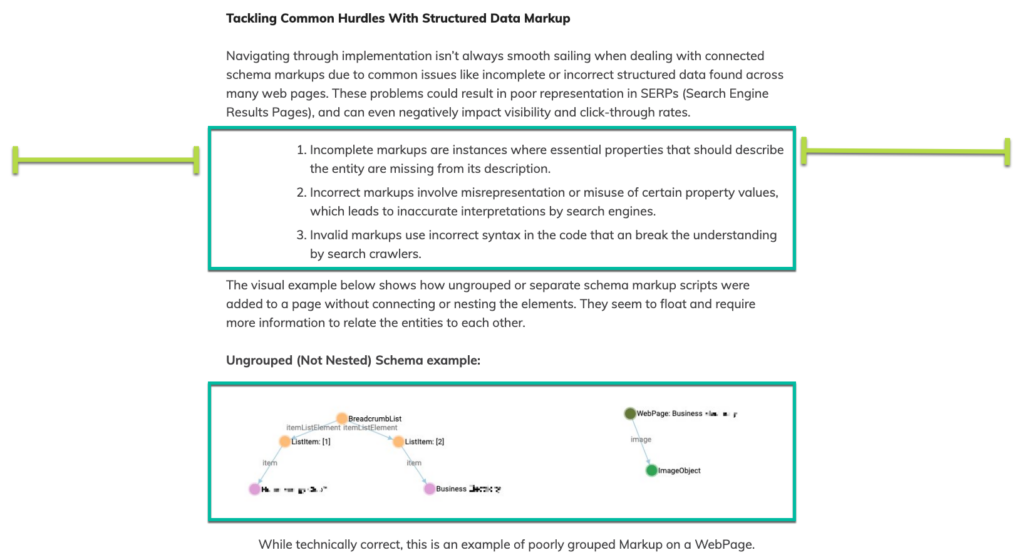
Be kind to everyone, regardless of how fast some connections are for downloading content. Compress images and keep the file sizes small.
Don’t forget to add alt text to your images. This is important for visually impaired readers to have a good experience as well as a great way to add your keywords in a way that Google (and other search engines) can understand.
Optimal Length of Your Content
You’ve got a great headline, intro, and are implementing images correctly but now it’s time to think about your content. More specifically: How long should your content be? There isn’t really a “perfect” length, as this can depend on your industry and niche. However, the sweet spot seems to be around the 1,500 to 2,000-word mark, this gives you enough space to provide genuinely helpful and informative content without being too long.
What Happens When My Content is Longer Than 2,000 Words?
Content that is longer than 2,000 words has the potential to rank better and receive a higher volume of shares. This isn’t just because it will take longer to read. A longer, well structured article covers a topic more thoroughly and can provide both quick, easy to answer questions as well as more in-depth and comprehensive details or experiences.
In fact, blog posts containing over 1,500 words earn around 70% more shares and 20% more Facebook likes. They receive higher engagement overall, and Google has shown that a great blog has both engagement and good content.
Structuring a Blog Post for Clarity
Ever heard someone say “People don’t read online?” Sadly, this is generally true as people tend to scan. With this in mind, we should be making our content as easily digestible as possible, even with longer-form pieces.
What is Content Structure?
Content structure refers to how your content is formatted on the page—its visual organization—as well as how each element connects, and it’s an important aspect of both SEO and readability.
How to Structure Blog Post Content
This is where your sub-headings such as H2s, H3s (and even H4s, if you need to go a step deeper.), shine. Think of these heading tags like the outline of a presentation—they’re your guide that provide a visual hierarchy for the information.
Include elements for easy scanning like bold words, keyphrases in the subheadings, bulleted lists so readers can get the main takeaways without reading every word.
Add a Call to Action
Believe it or not, readers need to be told what to do after they’ve finished reading. Whether you want to increase conversions, receive social media shares, or keep readers on your site, don’t just assume they’ll know to do those things organically. Getting to the bottom of a good article without a directive often leaves readers searching for what to do next or even worse, going back to a search engine instead of engaging more with the content.
Trigger Emotions With a CTA
Remember when we were crafting our intros? The same concept applies to calls to action. A well-written Call to Action (CTA) that incites action from a reader is going to connect with them emotionally. If the audience isn’t in a buying or purchase stage, give them an internal link to go a little deeper into the topic or a related article.
Content Updates for SEO
Once your post is live, your job isn’t done—in fact, it’s just beginning. To keep your content ranking high, fresh, and relevant, you need to update it regularly.
How to Update Your Blog Posts for SEO
Take a look at when your content was last updated—chances are, some elements (or blog post elements, if you will.) could do with a little bit of sprucing up. Take the time to make sure your information is accurate and relevant. The goal here is to add maximum value to your reader—it shows Google you’re on top of things, so to speak.
Essential Elements Build Great Blogs
Ultimately, creating amazing content requires thought, planning, and constant refining. Be sure to check your analytics regularly to determine the popularity and success of the article. If you need help creating a content strategy that engages or improving your existing content, our human-edited Content Writing Services are available.
